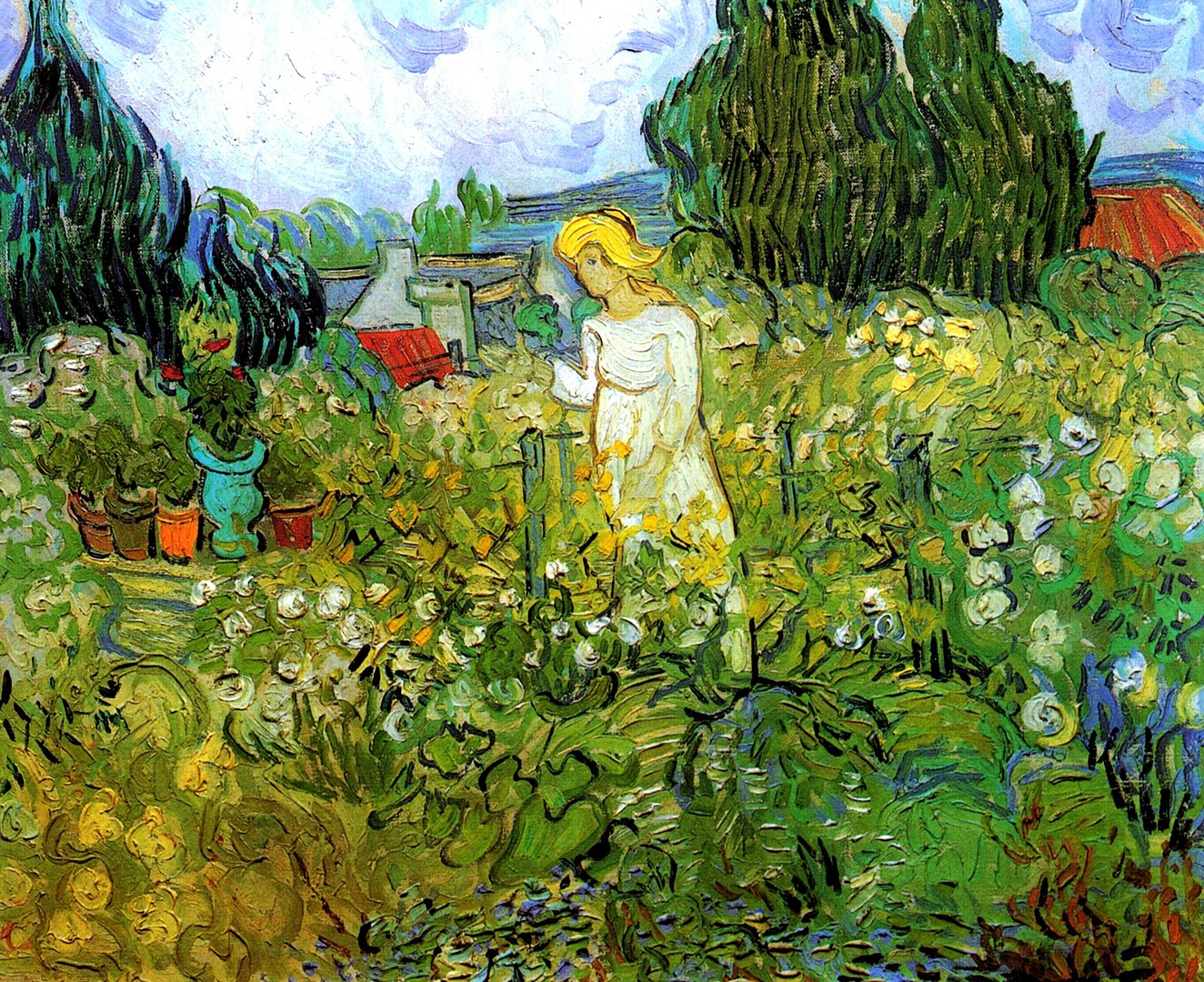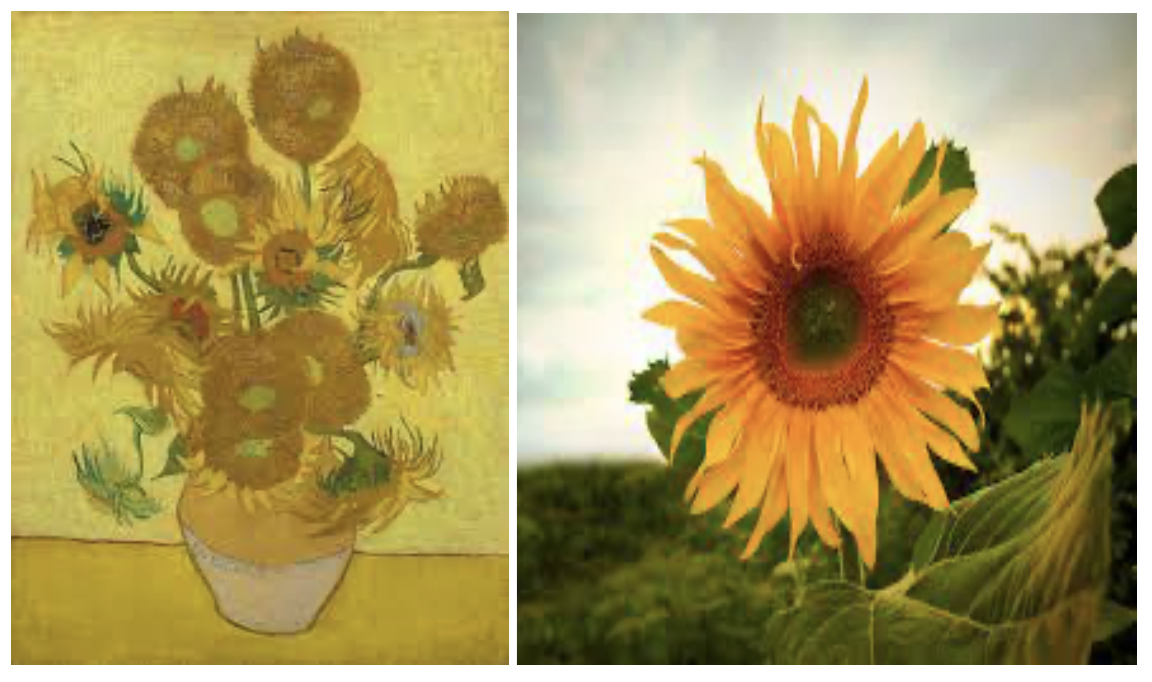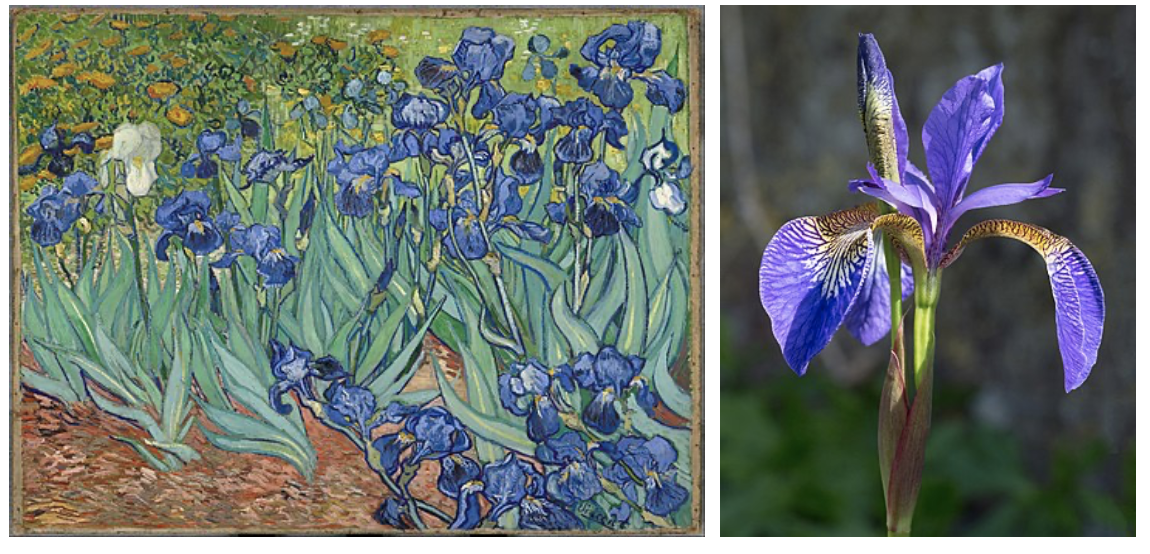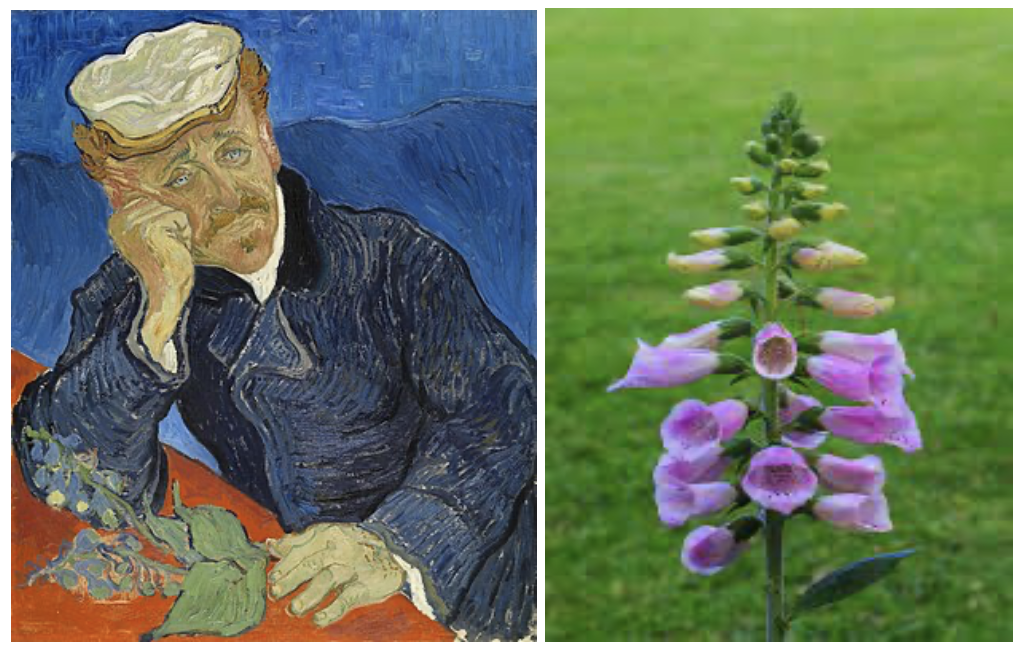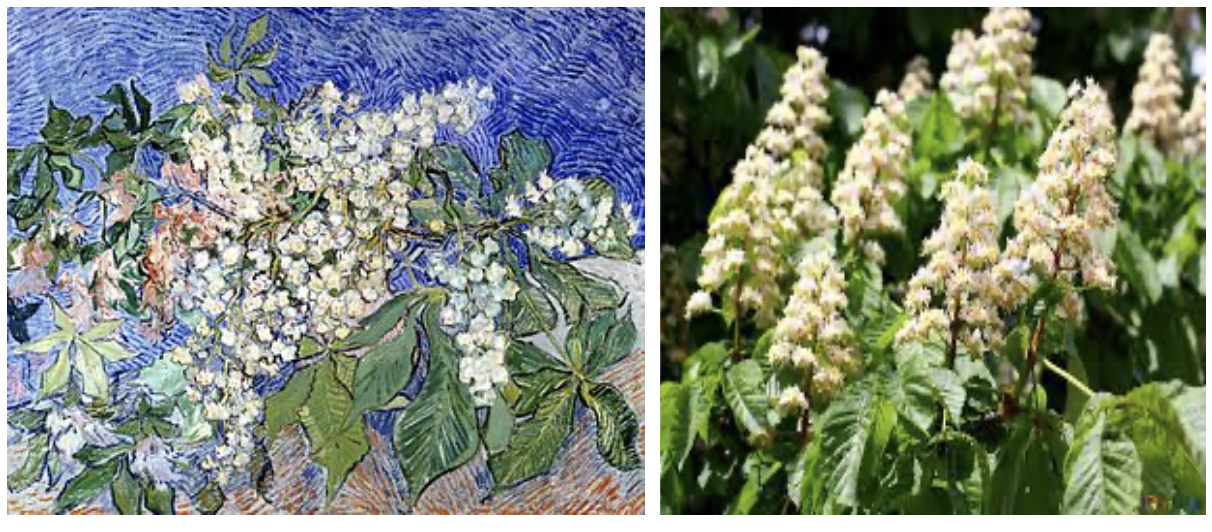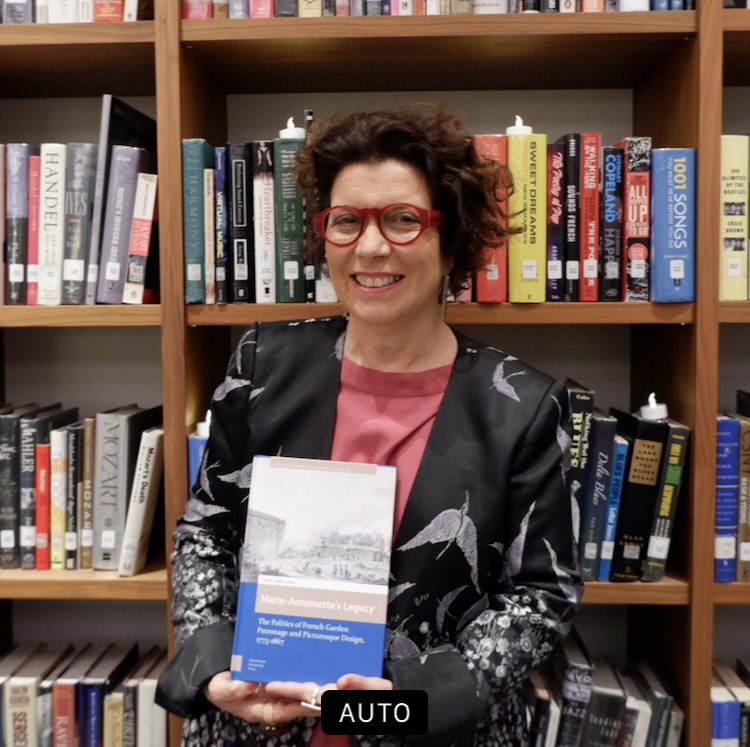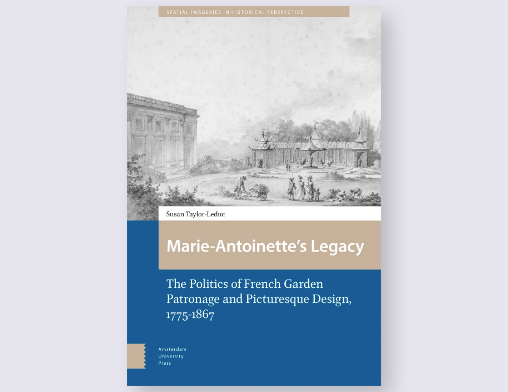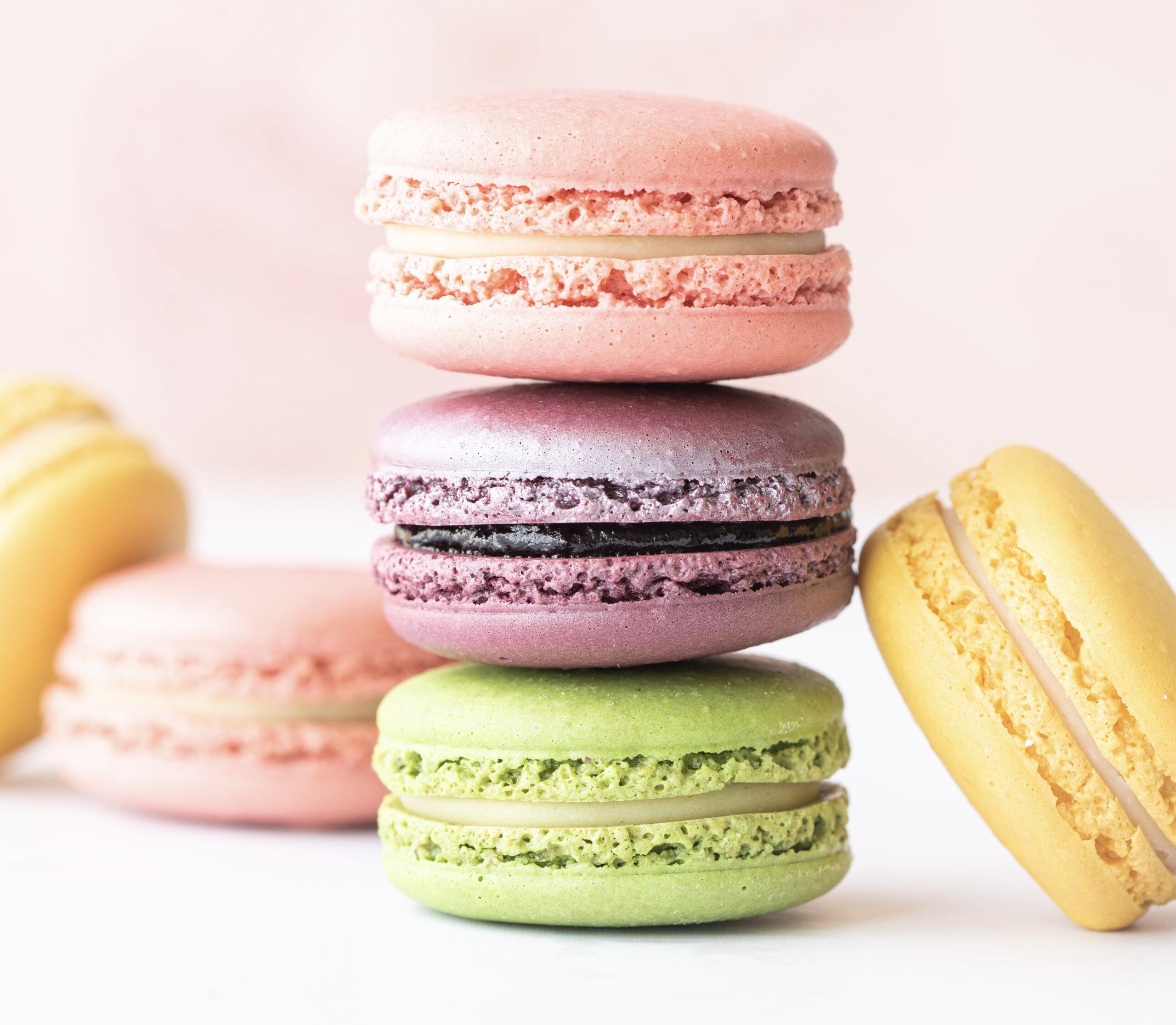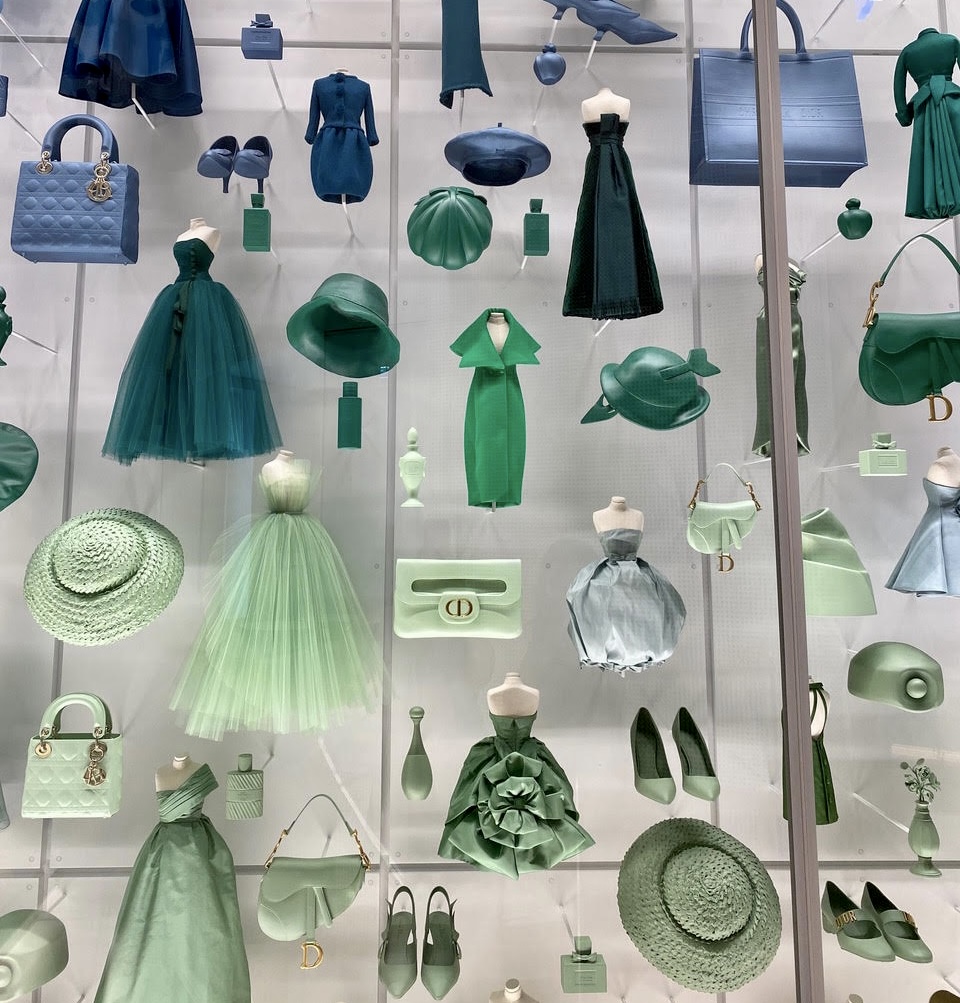Chestnuts, a French Wintertime and Festive Season Essential
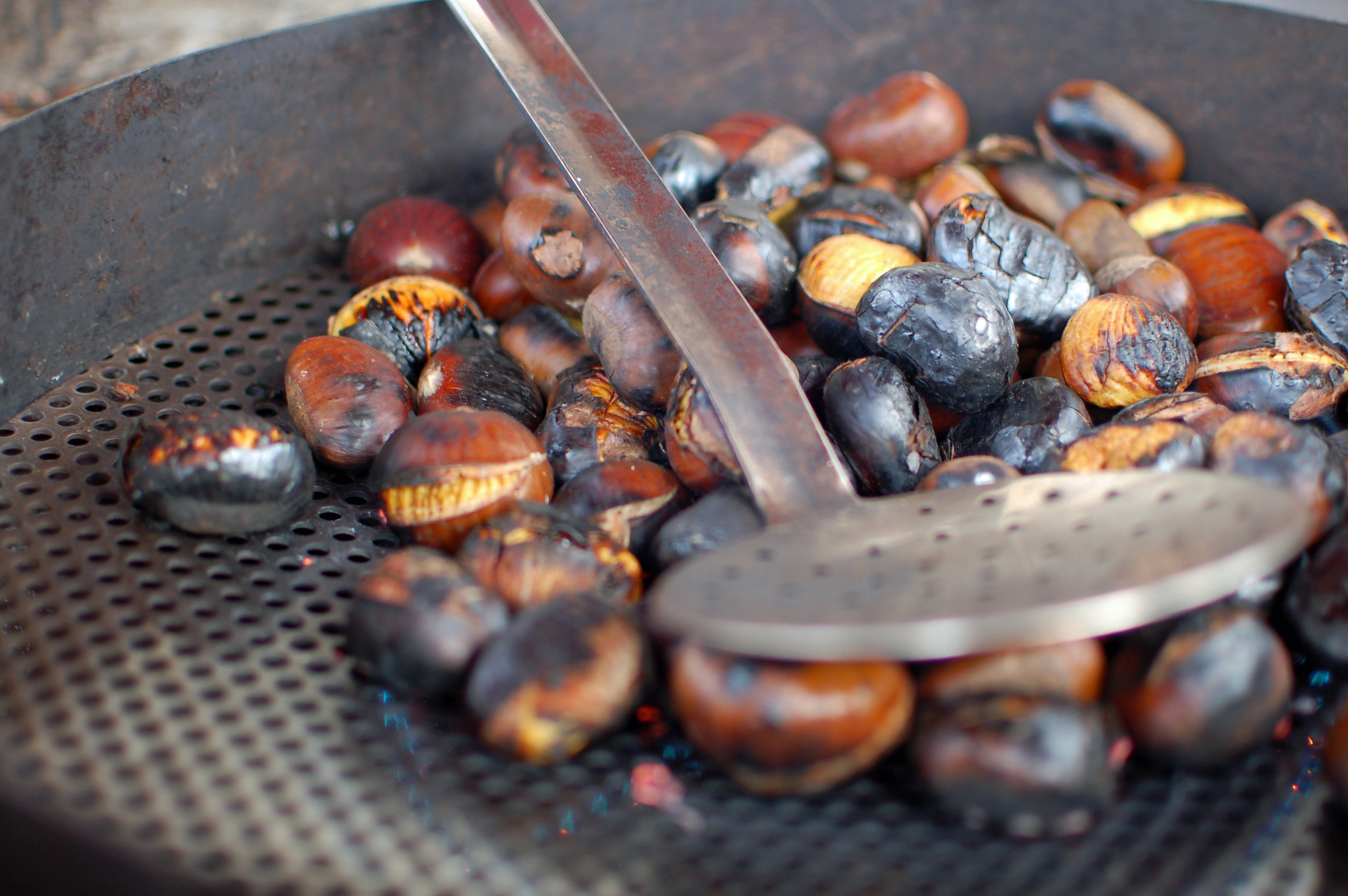
Photo: Fabienne Félix / Flickr
Of the French food items most linked to late autumn and winter, chestnuts feature prominently. The soothing smell of roasted chestnuts wafts through the air of holiday markets, the chic golden wrappers of marrons glacés glimmer in shop windows of elegant epiceries and holiday poultry stuffing is made tantalizing by the tender pieces of chataignes. Read on as we delve into the origins and uses of this versatile tree nut.
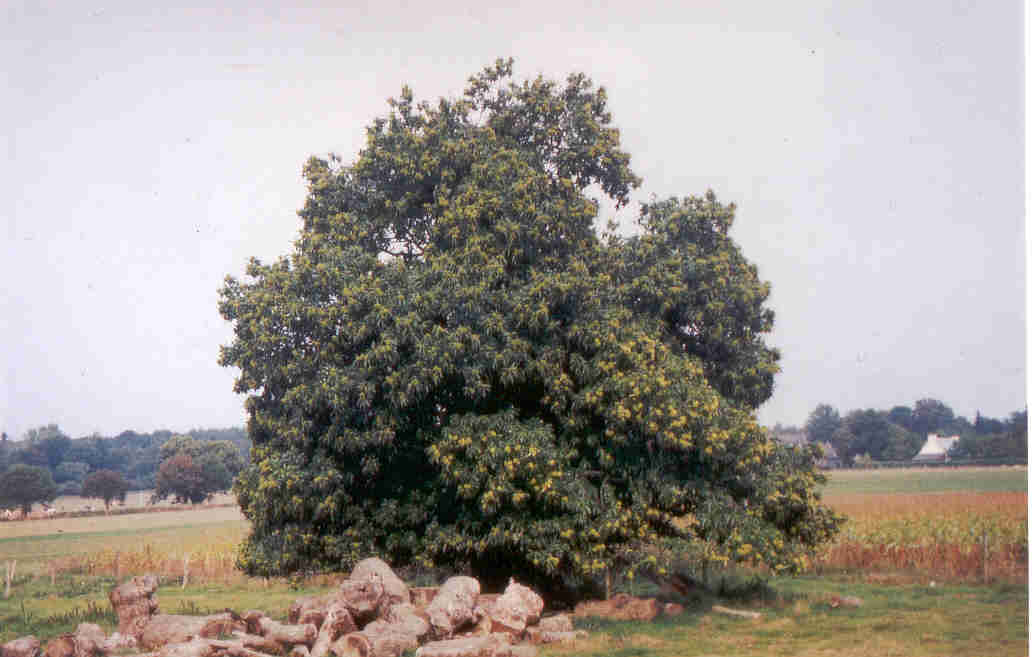
Chataignier chestnut tree. Photo: Yoann Sevestre / CC
Marron or Chataigne?
There are two words for chestnut in French, marron and chataigne. Although these terms are sometimes used interchangeably, they refer to the nut of two different species of trees, châtaignier (sweet chestnut) and marronnier (horse chestnut), the latter whose nut is not edible. Marronniers are found throughout the country and populate many Parisian parks, however, châtaigniers grow best in the south of France.
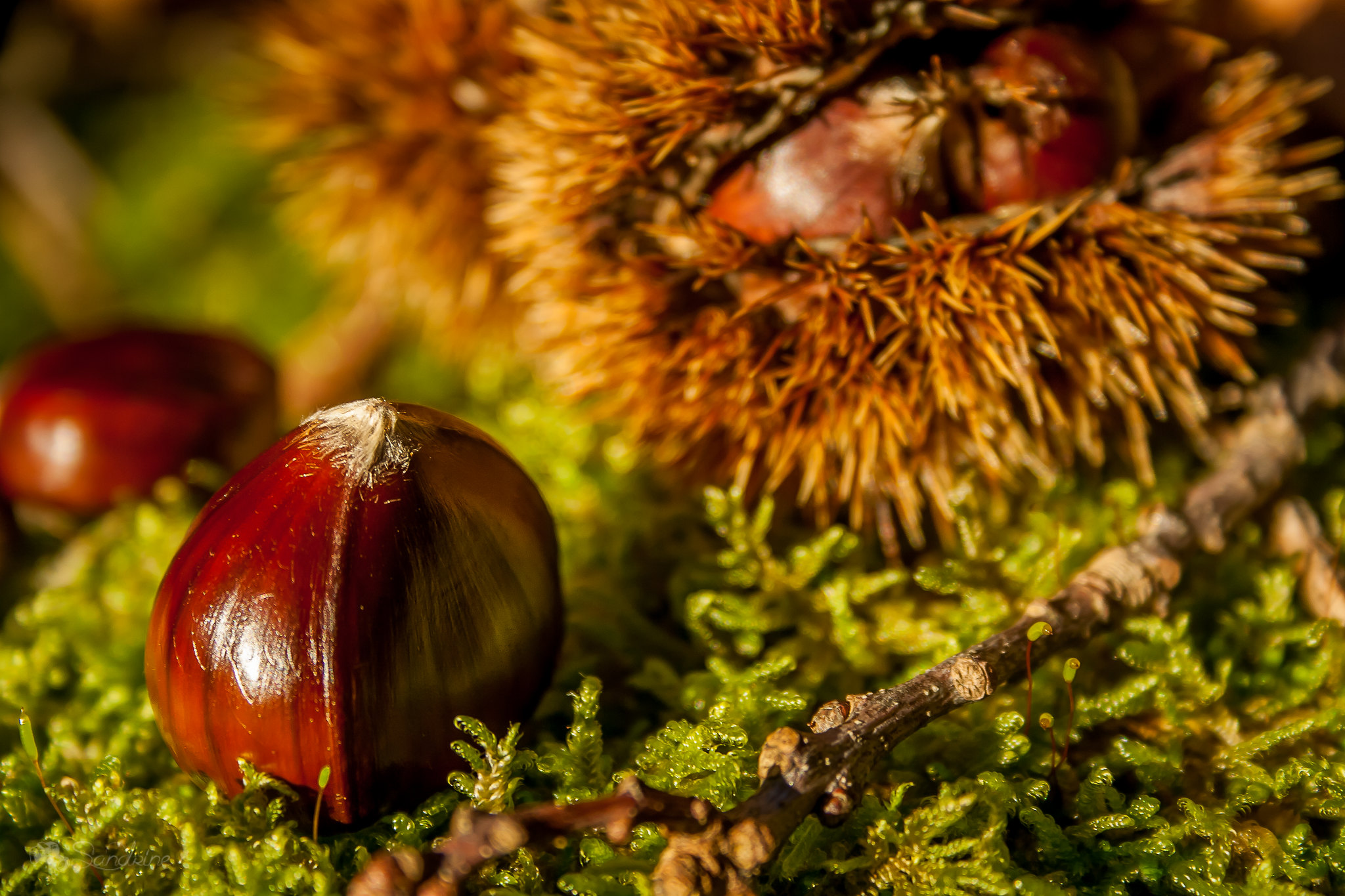
Photo: S@ndrine / Flickr
Origins in the South of France
The Cevennes mountains and its Ardèche department are particularly renowned for its excellent chestnuts. Its inhabitants have been collecting and eating chestnuts since as far back as the 10th century and have been drying the hearty nuts to make flour since the 13th century.
Chestnuts were less available outside of the south until the arrival of train transportation in the 19th century, which allowed for regional goods, like the chestnuts of Ardèche, to reach different areas of the country. Although their popularity began waning into the 20th century with the rise of modern, mass market snacks, France is an advocate of its culinary heritage and today chestnuts are consumed in a number of ways, especially over the end of year holidays.
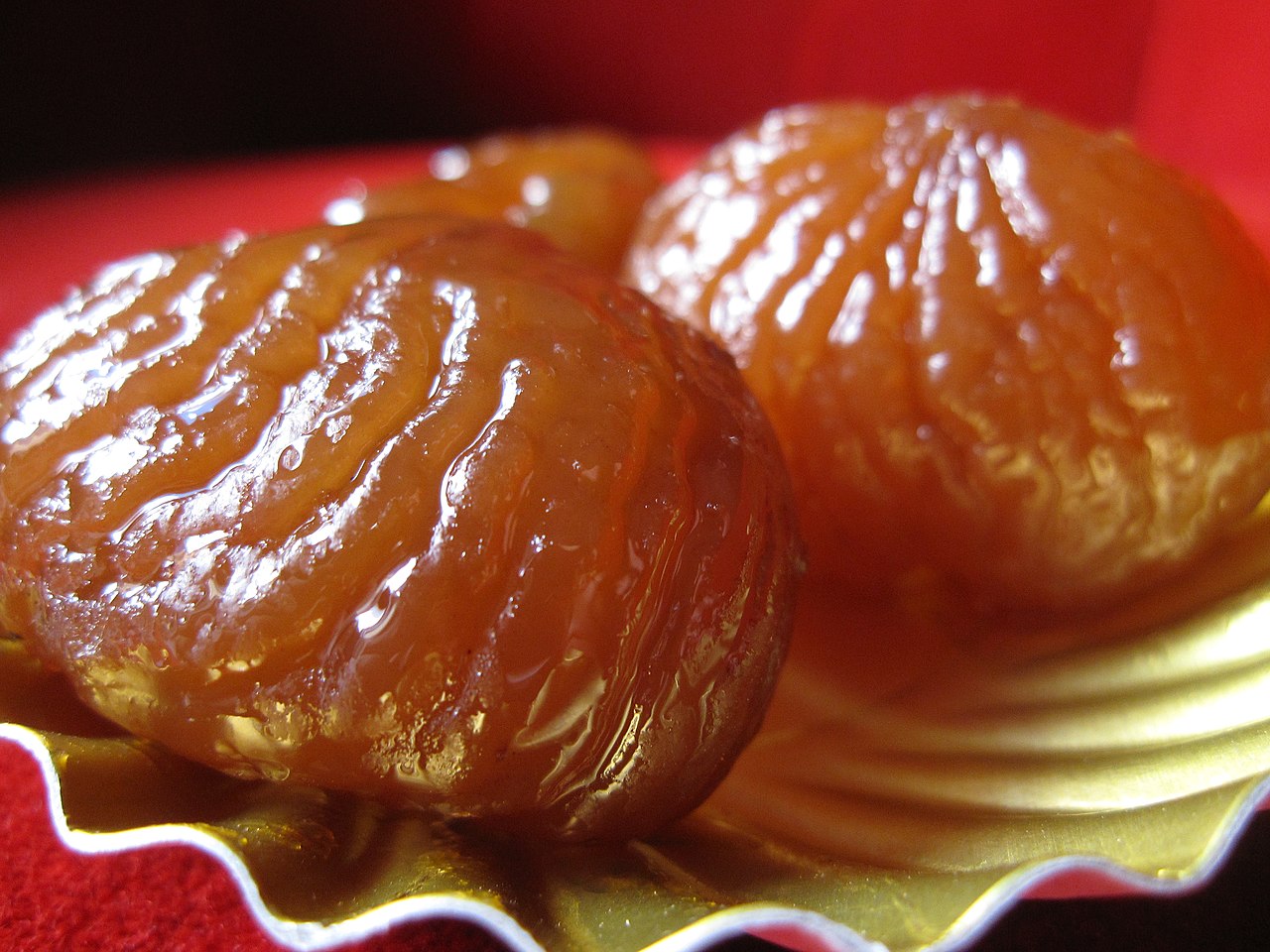
Marrons Glacés. Photo: Kate Hopkins / CC
The Royal Marron Glacé
Of these various methods of preparation, marrons glacés, chestnuts candied by being cooked in sugar, have a particularly interesting history. The exact origins of this treat are unknown, however, candied chestnuts were first recorded in the 16th century in Coni, a city in the Italian of Piedmont, a mountainous region known for its nut trees. At the time, it was under the control of the House of Savoy and a chef of Duke Charles Emmanuel I first prepared this sweet delicacy for his court.
It is not surprising that the first time marron glacé were recorded in France was during the reign of the gourmand King Louis XIV (read our Surprising Story article about dining a Versailles here). Prepared by chef François Pierre de La Varenne, author of the seminal French cookbook, Le Cuisinier françois, the sugary delights appealed to the Sun King’s sweet tooth and were then served at Versailles.
However, it was back in Ardèche in 1882 that marrons glacés were first mass produced. This was by a young entrepreneur Clément Faugier, who, three years later, ingeniously repurposed the broken pieces of nuts for crème de marrons, chestnut spread.
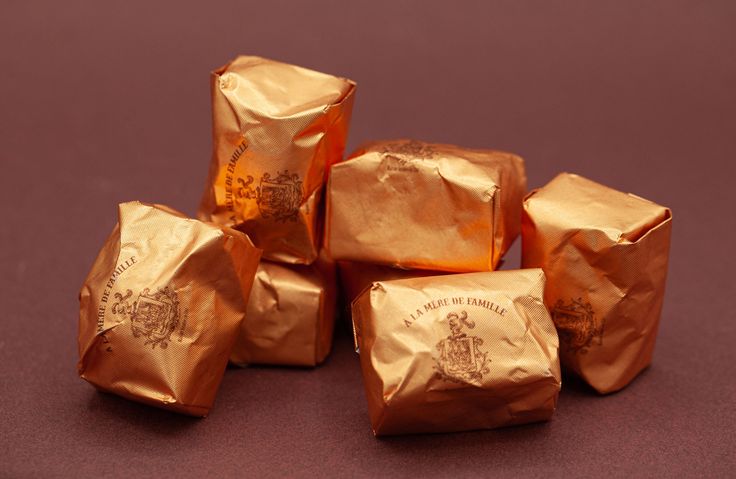
Candied Chestnuts from A la Mère de Famille
A Holiday Meal Essential
If you’re visiting France over the holidays, you’ll likely spot marrons or chataignes in various places on holiday menus. They can find their way into all courses, crushed atop pumpkin soup, in the stuffing of turkey or pheasant and in desserts such as ice cream or bûche de Noël, then candied chestnuts are often included with post meal coffee and chocolates.
If you’d like to purchase candied chestnuts in Paris, most high quality chocolate and confectionary shops sell them, like A la Mère de Famille, Patrick Roger and Fauchon. For other chestnut products and delicacies, visit the speciality shop L’Ardèche à Paris, found in the Marais.
We can create a custom food tour focused on French holiday treats, which can also include French chestnuts. Contact us here for further details.
Looking for further autumn or winter French food inspiration? Check out these other articles on our site:
– Wild Mushrooms, an Autumnal Passion in France

